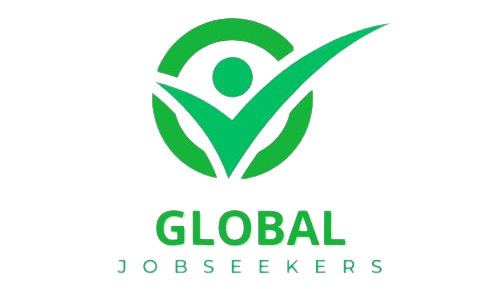Top 10 Emerging Careers In 2025
The job market is constantly evolving, influenced by advancements in technology, societal shifts, and global challenges. In 2025, we will see a surge in new career paths across various industries as a result of these changes. Here are the top 10 emerging careers that are expected to dominate the job market in 2025: AI Specialist As artificial intelligence continues to shape industries from healthcare to entertainment, AI specialists will be in high demand. These professionals will design, implement, and optimize AI systems to help organizations improve efficiency, productivity, and innovation. Roles in AI will include machine learning engineers, data scientists, and robotics experts. Cybersecurity Analyst With the rise of cyber threats, data breaches, and online fraud, cybersecurity analysts will be essential in protecting sensitive information. They will be responsible for developing security protocols, monitoring networks for threats, and ensuring the safety of digital infrastructures for businesses, governments, and individuals. Green Energy Engineer As the world transitions to sustainable energy solutions, green energy engineers will lead the charge in developing clean technologies. These professionals will work on solar, wind, and other renewable energy systems, improving their efficiency and expanding their applications to reduce reliance on fossil fuels. Healthcare Data Analyst The healthcare industry is increasingly relying on data to improve patient care and streamline operations. Healthcare data analysts will gather, analyze, and interpret data from patient records, medical research, and healthcare systems to identify trends, enhance treatment outcomes, and optimize healthcare practices. Remote Work Specialist The pandemic has accelerated the adoption of remote work, and as businesses continue to embrace flexible work models, remote work specialists will be tasked with developing strategies for seamless virtual operations. These professionals will ensure smooth communication, collaboration, and productivity for teams working from different locations. 3D Printing Engineer 3D printing is transforming manufacturing, medicine, and even construction. 3D printing engineers will design and optimize technologies for creating three-dimensional objects. These specialists will work across various fields, including medical device production, automotive design, and even food production, making it an exciting career path. Digital Detox Consultant With the growing concerns about digital addiction and mental health, digital detox consultants will help individuals and organizations disconnect from technology in healthy ways. These consultants will design personalized strategies for reducing screen time, encouraging mindfulness, and improving overall well-being. Robotics Technician As robotics continue to advance, robotics technicians will be needed to design, build, and maintain machines that perform tasks in industries ranging from manufacturing to healthcare. These specialists will work with robotic systems, ensuring their functionality, safety, and efficiency in various applications. Blockchain Developer Blockchain technology is revolutionizing industries by providing secure and transparent ways to record transactions and data. Blockchain developers will design, develop, and maintain blockchain-based applications and systems for cryptocurrencies, smart contracts, supply chain management, and more, driving the future of digital transactions. Personalized Health Coach Personalized health coaches will play a key role in guiding individuals through personalized wellness programs that cater to their unique health needs and preferences. These professionals will leverage technology, such as wearables and health apps, to monitor and recommend lifestyle changes, focusing on diet, exercise, and mental health.
Top 10 Emerging Careers In 2025 Read More »









